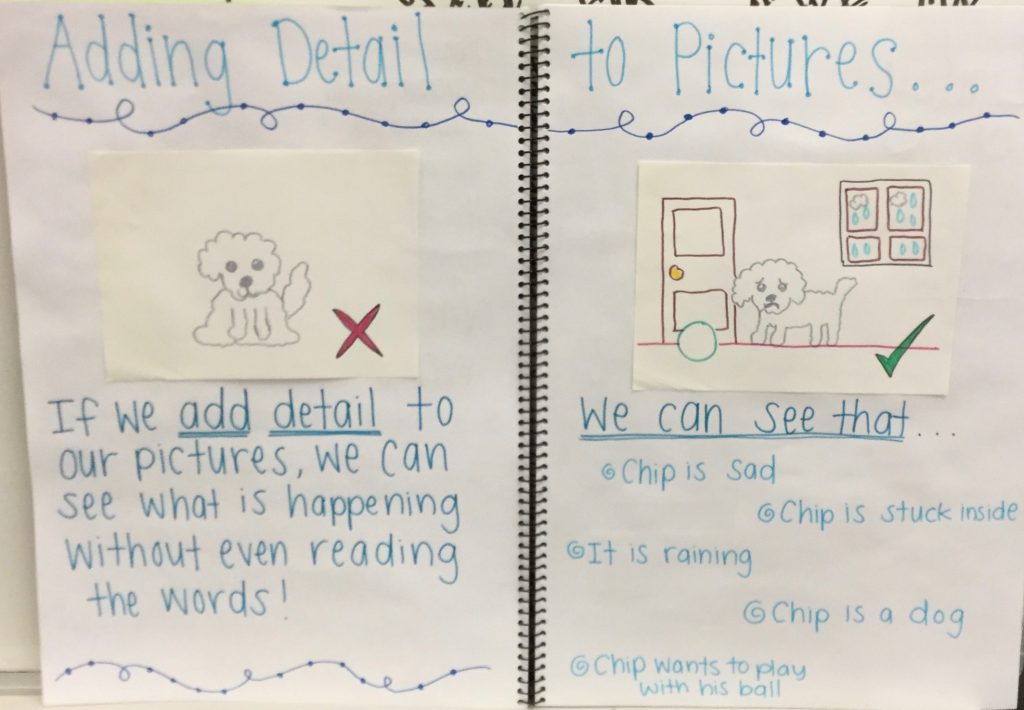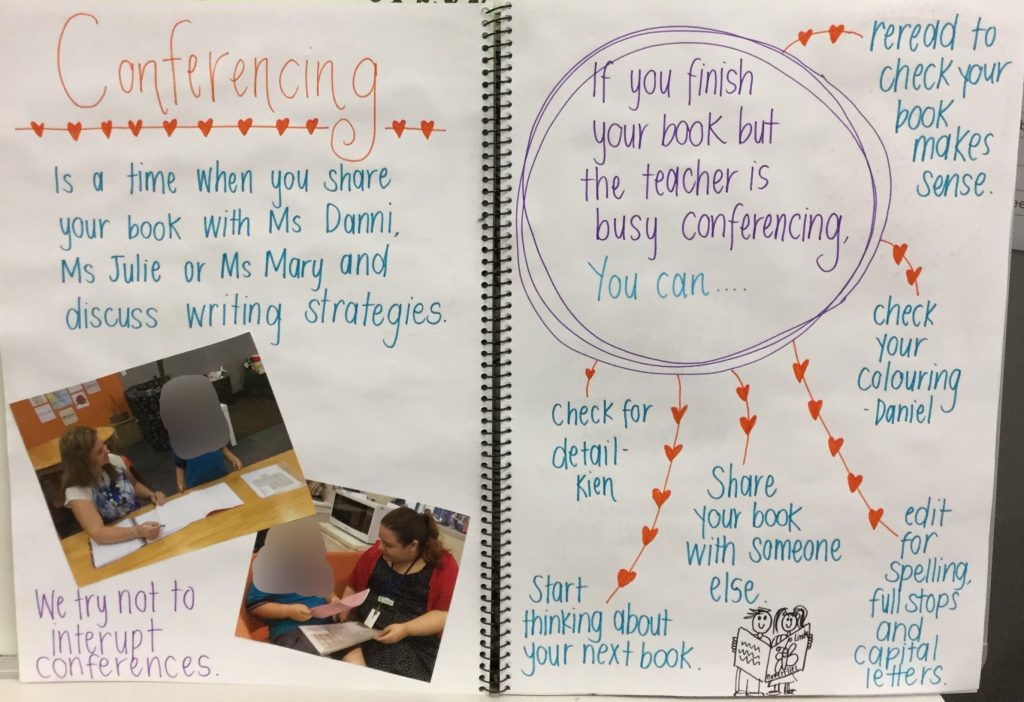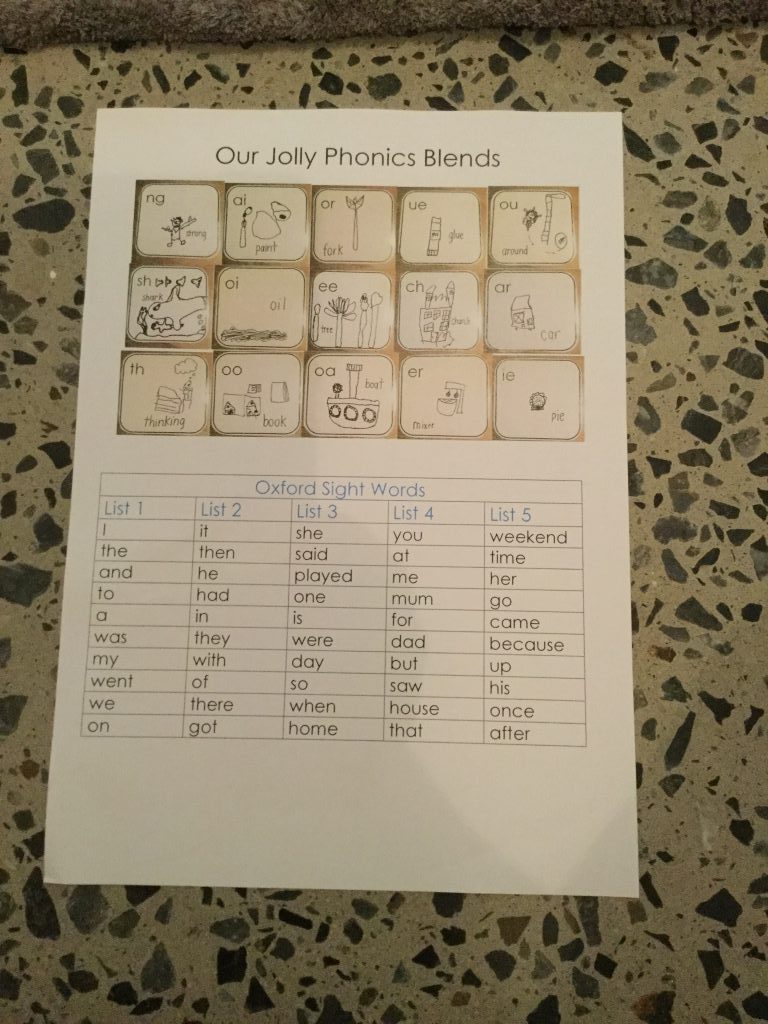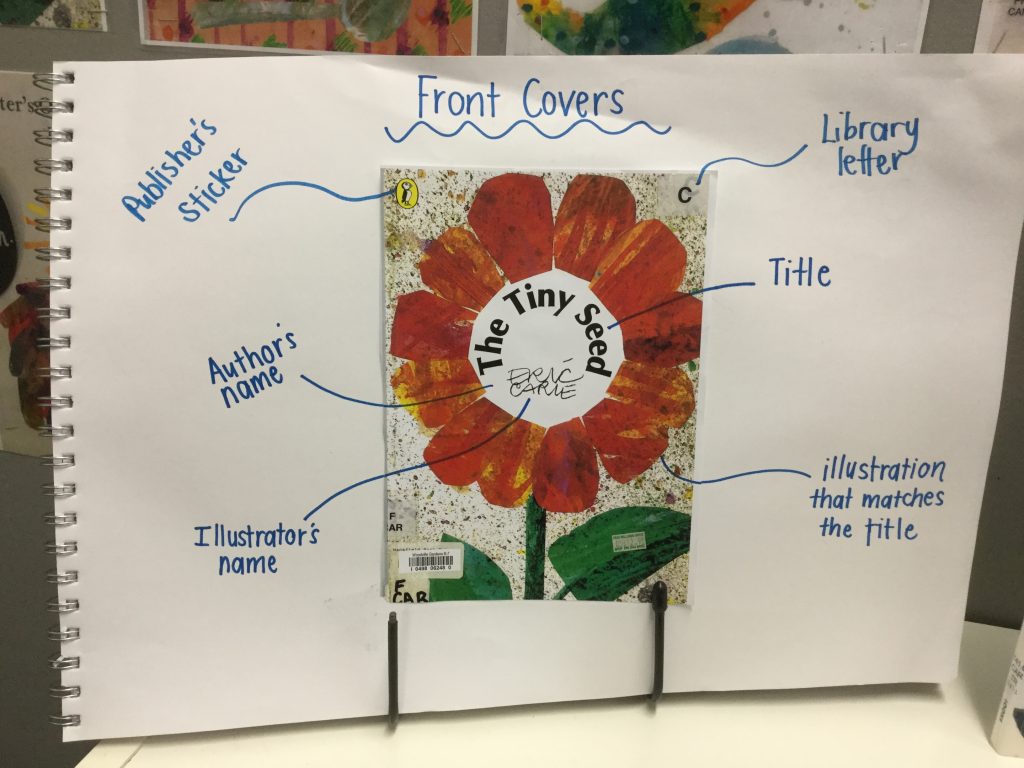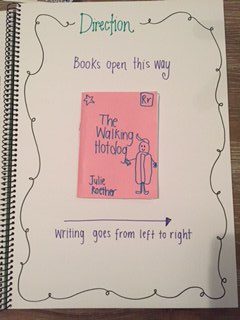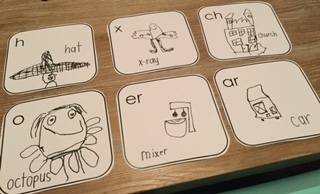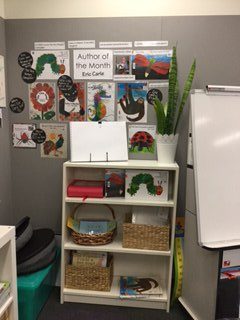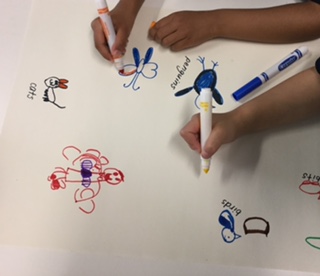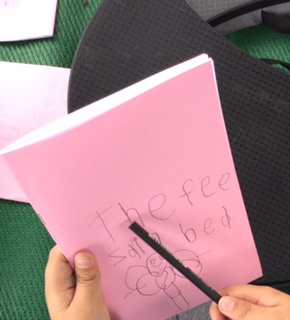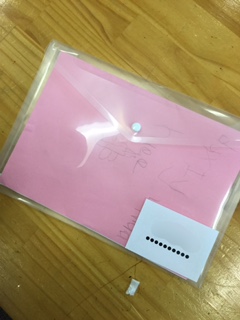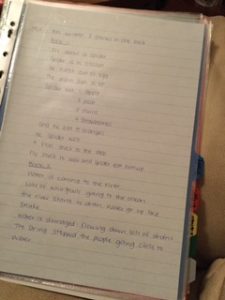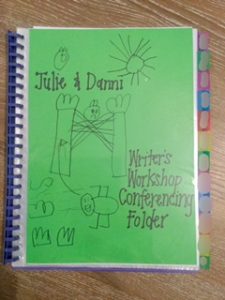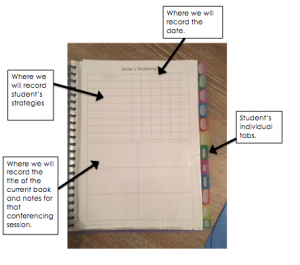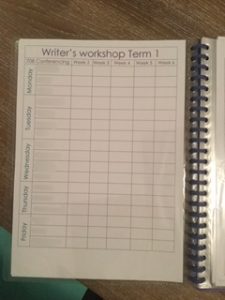I have lots to tell you!
I always knew when I started writing this blog that time would be the biggest obstacle in sharing my practice. So it is really no surprise here I am, almost a month since my last post with lots to share. There will be too much to share in this one post so I will post today and try and post again in the coming days with the rest.
Adding Detail to Pictures
The mini lesson that followed the colouring in mini lesson was about adding detail to pictures. Danni taught this lesson to the students and began by showing the students a lone dog on a page. She then drew the same dog adding more detail to the expression on his face and to the background. The students could see that be adding more detail to our pictures we can see what is happening without even reading the words.
Conferencing
Conferencing was our next mini lesson. We were finding conferencing difficult with the constant interruptions from our students. We thought it was timely that we explicitly discussed what the students thought should and shouldn’t happen during conferencing time. We also brainstormed things the students could do if they finish their book but the teacher is busy conferencing. The students have responded quite well to this mini lesson and we are being interrupted less and less.
Maintaining Consistent Characters
Maintaining consistent characters throughout our bookmaking was proving difficult for some of our students. With some students making books that are hugely disconnected and chop and change from one story to another. We read the students Eric Carle’s “The Very Busy Spider” and discussed as we read how the spider was the main character in the story and even though she changed position or she may of looked a little different from page to page, she was still the same character. We pointed out how some characters in the story only appeared for a short amount of time and that was ok but there always needed to be at least one consistent character.
Author of the Month for March ~ Lynley Dodd
Marcia and I introduced our new author of the month for March by showing the students a picture of the front cover of Hairy Maclary on the whiteboard. Some of the students were excited as they were familiar with this book and some of the students were able to read the author’s name. We explained to the students that like Eric Carle, Lynley Dodd was an author and an illustrator. We asked the students what they noticed about Lynley Dodd herself and then handed out copies of Lynley Dodd’s books to pairs of students to carefully look at. After students had looked at their first book they swapped with another pair. This continued for about 10 minutes before we drew the students back in and brainstormed what the students noticed about Lynley Dodd’s books and her craft of writing. It was exciting to see the students drawing on and using the technical language we have been using in our writer’s workshop lessons, with students noticing Lynley Dodd’s books have blurbs, she uses detail in her pictures and some of the books had the same characters.
That’s all I have for tonight. There is lots more to come in the coming days. Thanks for continuing to check in and read our journey. I hope it is helping and inspiring some of you.
Julie
